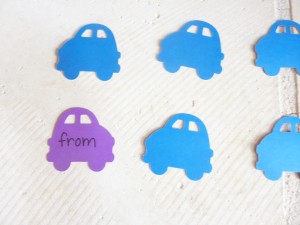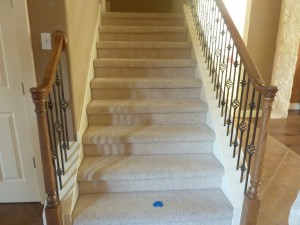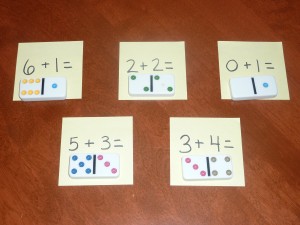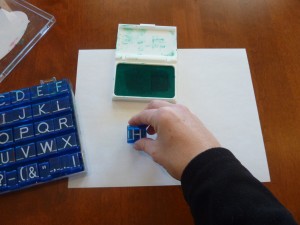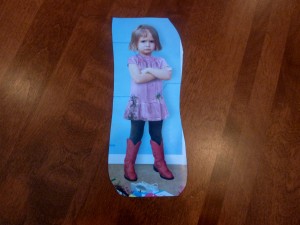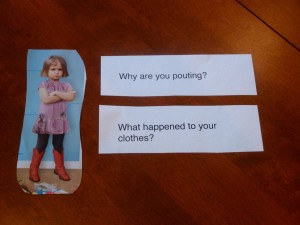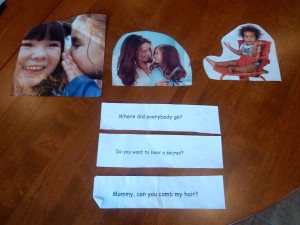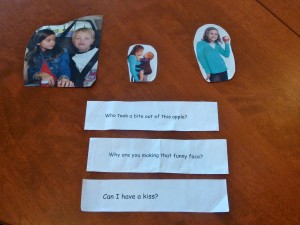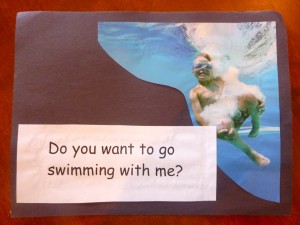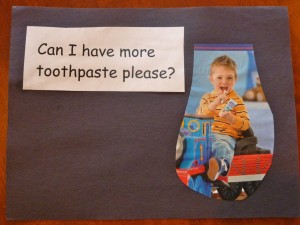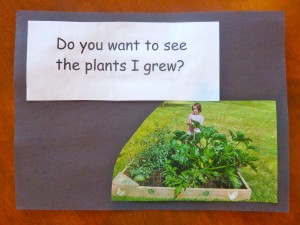I have gotten a lot of feedback from people telling me how it has helped them to understand what My Obstacle Course is when they see a video clip of what it looks like when I set it up. Â There is one clip on my website’s home page but I thought I would show an example from a different My Obstacle Course we did last January.
While the station activities are specific to the skills that Andrew needed to work on at the time, it is my hope that seeing what it looks like will encourage you to set up an Obstacle Course of your own. Â It does not have to be anything fancy and will not look the same as anybody else’s because each child is different and needs to build on skills at different levels. It will also be unique because you will use what you have in your home. Â A lot of the station activities utilize things I have found around the house, including games and toys that have been sitting on shelves. I also feel that it may help to see and hear how I choose the activities in order to reinforce what he does in school and therapy. Â I hope this encourages you to think about speech words/sounds, spelling words, and math fact practice in a different way.
My videography skills are not at all professional but I think the clips do their job to show what I do in order to engage, encourage and empower my son at home!
If the above links do not work, here are the url’s:
http://www.youtube.com/watch?v=ys9JQf-7KNo
http://www.youtube.com/watch?v=NUYpvCHTWTg
If there are skills that you would like to see ideas for, please let me know either at obstaclecoursemom@yahoo.com or on my Facebook page: My Obstacle Course.
Engage, Encourage, and Empower!



